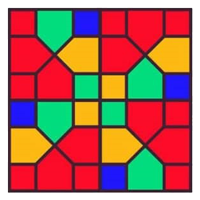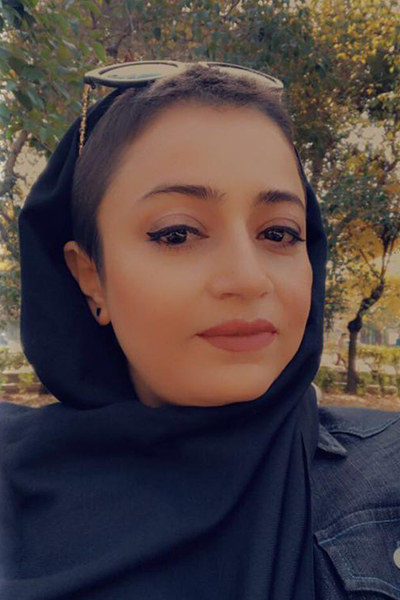Nowruz, the ancient Iranian celebration, is an opportunity for renewal, the rebirth of nature, and a fresh start. One of the most significant traditions of this festival is setting the Haft Sin table, which not only creates visual beauty but also conveys deep messages and values of life, growth, love, and hope for the future. In this article, we explore the history, symbolism, and essential elements needed for setting up a complete Haft Sin table.
The Haft Sin table, as the central symbol of Nowruz—the most important ancient festival in Iran — holds a special place in Iranian homes. The meticulous and elegant arrangement of this table reflects the belief in nature’s renewal and a fresh beginning for the year ahead. Each item on the table carries symbolic meanings rooted in ancient Iranian beliefs and traditions. The Haft Sin consists of seven symbolic items derived from nature, each beginning with the Persian letter “S” (س). Spreading the Haft Sin table is one of the most famous Nowruz customs, set up either on the ground or on a table.
History and Origins of Haft Sin
The roots of the Haft Sin arrangement trace back to pre-Islamic times and the Zoroastrian tradition. Back then, Nowruz was celebrated as a festival of rebirth and nature’s blossoming. Over time—from the Achaemenid and Sassanian eras through the Islamic period—the core values of Nowruz remained intact even as rituals evolved, preserving its traditional spirit.
Traditional Components of the Haft Sin Table
The most seven conventional elements of the Haft Sin table are items whose names start with the letter “S” (Sin in Persian). Each of these items has its own symbolic meaning:
Sabzeh (Sprouted Greens)
Symbolizes: Rebirth, growth, and life
Explanation: Cultivated from wheat, barley, or lentil seeds, sabzeh represents the renewal of nature and hope for a fresh start.
Senjed (Oleaster Fruit)
Symbolizes: Love and compassion
Explanation: Dried senjed conveys deep feelings of love, kindness, and the enduring value of family bonds.
Seer (Garlic)
Symbolizes: Health and healing
Explanation: Known for its medicinal properties, garlic stands as a symbol of nature’s healing power and the preservation of well-being.
Seeb (Apple)
Symbolizes: Beauty and health
Explanation: The apple is a sign of freshness, beauty, and the pleasures of life, reminding us of vitality and wellness.
Somāq (Sumac Berries)
Symbolizes: The triumph of light over darkness
Explanation: The red hue of sumac berries represents the vibrant colors of sunrise and the victory of good over evil.
Samanu (cooked dough of sprouted wheat)
Symbol: Love and kindness
Explanation: Samanu is made from freshly sprouted wheat and symbolizes fertility, abundance, and the prosperity of plants, as well as the nourishment of strong and healthy food.
Serkeh (Vinegar)
Symbolizes: Age, wisdom, and patience
Explanation: Produced through fermentation, vinegar symbolizes the passage of time and the value of accumulated wisdom and life experiences.
Complementary Elements on the Haft Sin Table
In addition to the main items, many households enhance their Haft Sin table with complementary elements that add both symbolic meaning and aesthetic appeal:
Sekkeh (Coins):
Coins are a symbol of fortune and the hope for a prosperous and abundant new year.
Mirror:
Represents self-reflection, the continuity between past and future, and the importance of introspection.
Candles:
Symbolize light, hope, and positive energy, contributing warmth and a festive atmosphere.
Decorated Eggs:
Represent fertility, birth, and new life—often arranged artistically alongside the other elements.
Sacred Book or Divan of Hafez:
Reflects literary and spiritual values, inspiring thoughtful reflection and family bonding.
Red Fish:
In some regions, a red fish is included as a symbol of life and movement.
Arrangement and Associated Customs
Arranging the Haft Sin table is both an art and a cultural ritual, often performed with great attention to detail:
Choosing the Tablecloth:
Using beautiful, traditional fabrics as a base enhances the overall warmth and aesthetic of the display.
Order and Harmony:
Items should be arranged so that they are visually attractive and their symbolic messages are clearly conveyed.
Decorative Accents:
Adding spring flowers, additional candles, and a mirror can complete the table’s look and reinforce the festive mood.
Family Traditions:
Many families incorporate special rituals such as reciting prayers, reading Hafez’s poetry, or exchanging New Year greetings during the arrangement, thereby strengthening familial bonds and passing on time-honored traditions.
Contemporary Innovations
In modern times, while traditional values remain cherished, many families also incorporate contemporary elements into their Haft Sin table to reflect modern lifestyles:
Combining Modern Art with Tradition:
The use of modern decor pieces alongside traditional items can bring a fresh perspective to the table arrangement.
Multi-functional Items:
Some households add handmade art pieces or decorative items that tell a story of local or family heritage.
Digital Expression:
Sharing images of the Haft Sin table on social media helps spread Nowruz culture to a global audience and resonates with younger generations.
Conclusion
The Haft Sin table is more than just a decorative arrangement—it is a symbol of deep cultural roots, the promise of renewal, and a reminder of the values that bind us. Each element, from sabzeh to sekkeh, tells a story of nature, family, and the passage of time. Arranging the Haft Sin table offers a moment for reflection on life, a celebration of the past, and a hopeful vision for a blessed and prosperous year ahead. This enduring tradition bridges generations, ensuring that cultural heritage is passed on to the future.


